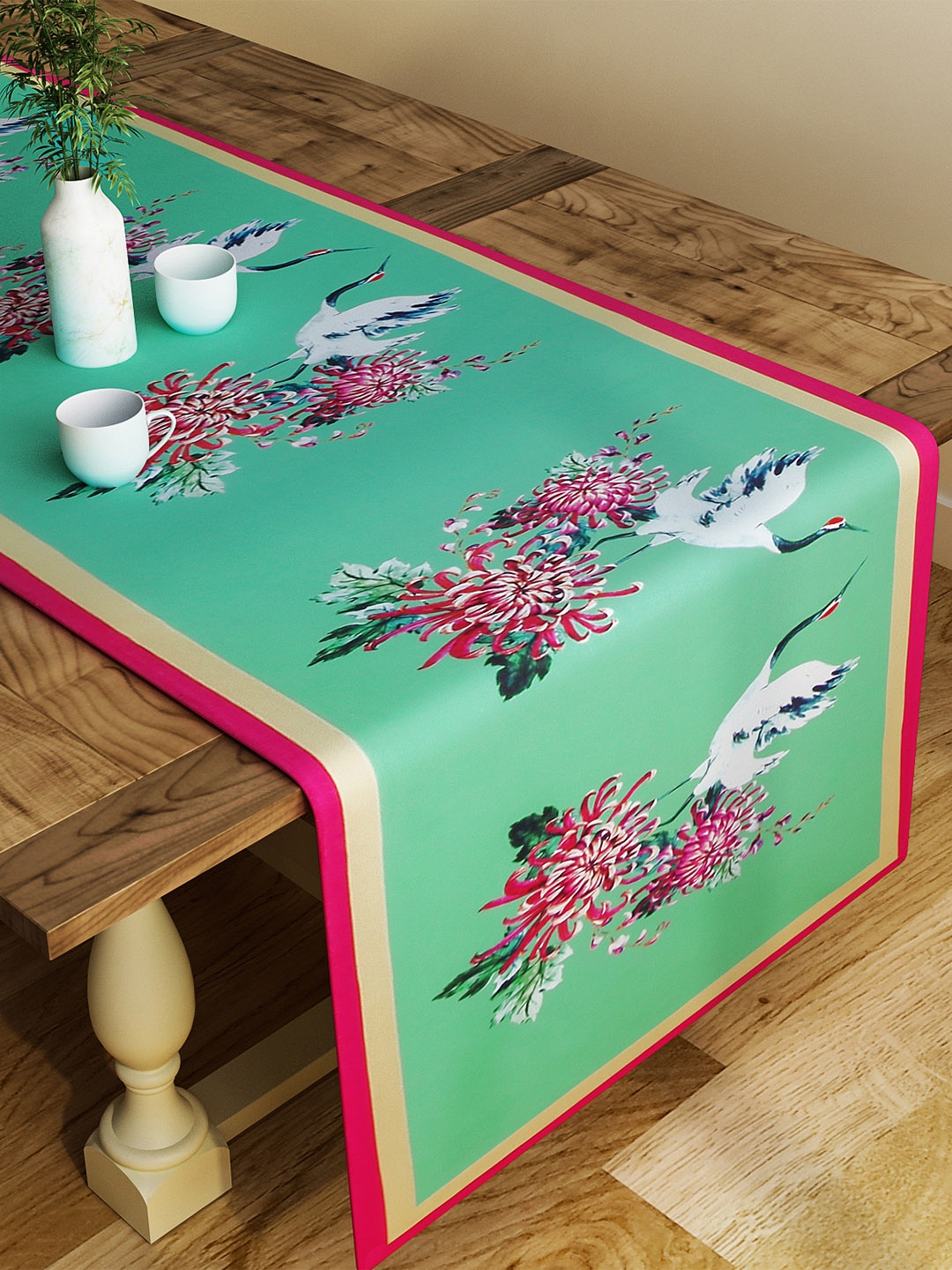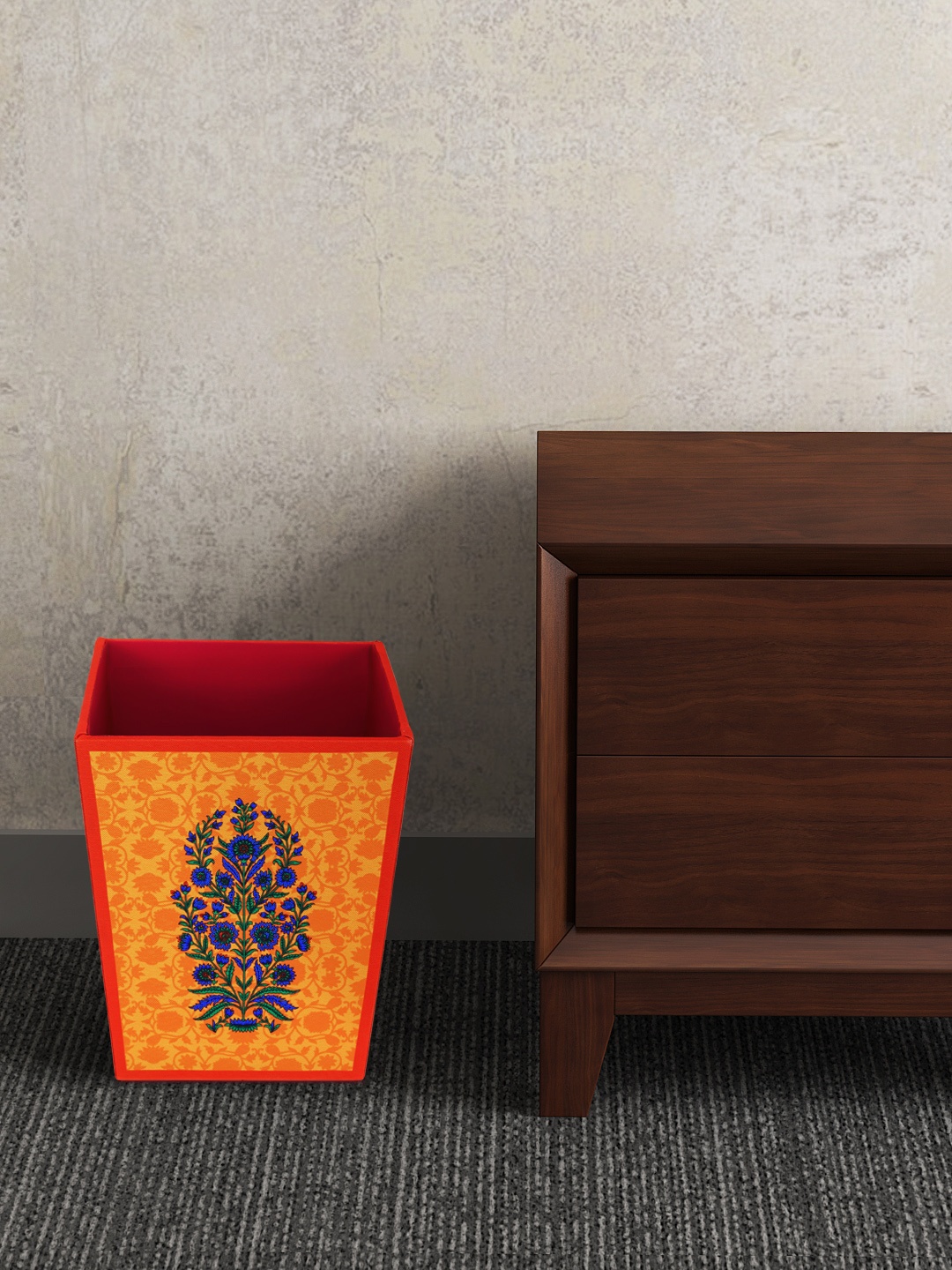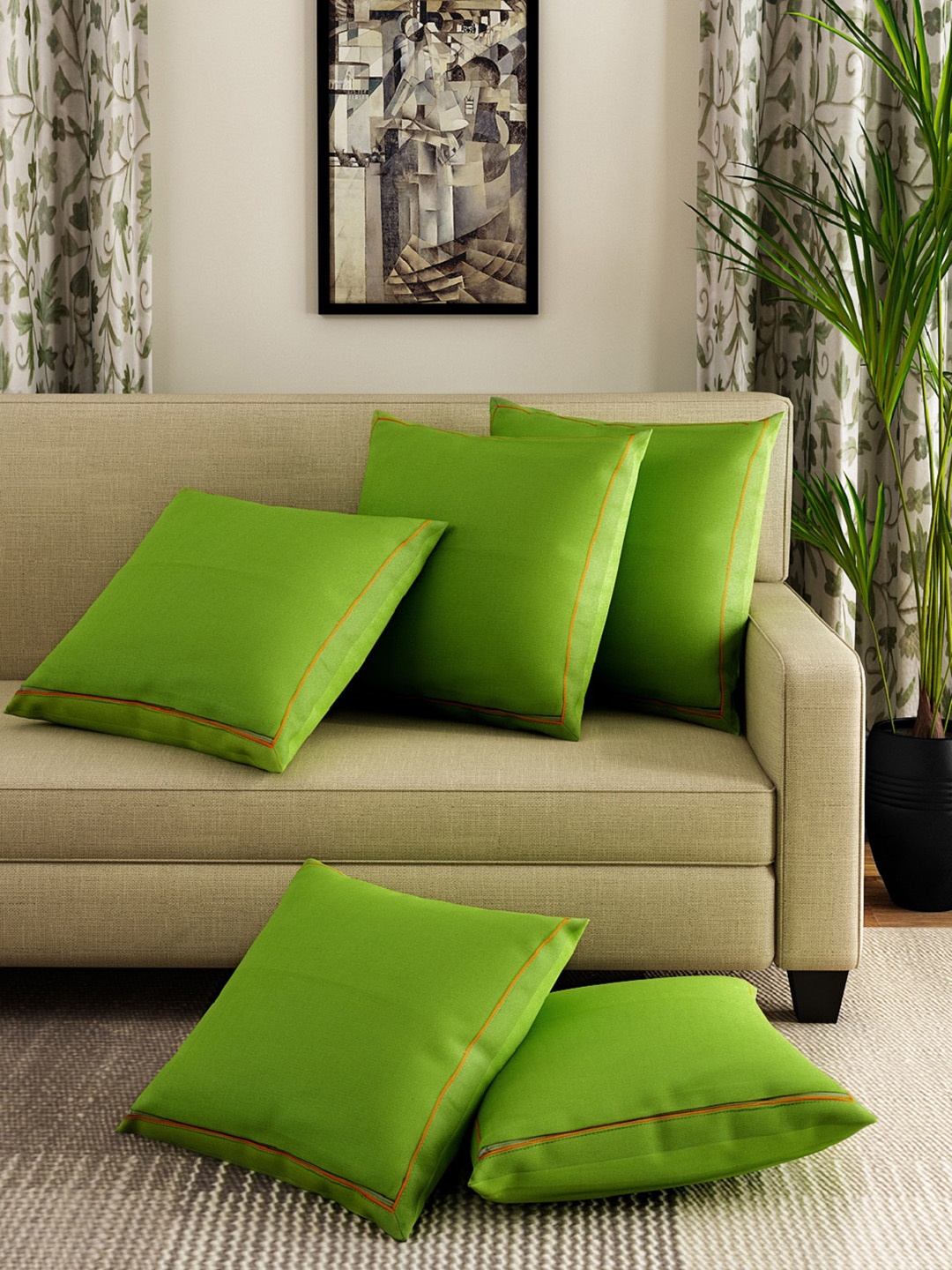Why Your Current Drying Rack Might Be Damaging Your Clothes And What To Pick Instead
That dependable drying rack on your balcony might be quietly ruining your clothes, stretching them, fading them or leaving behind nasty rust stains. It's time to reconsider your drying rack and consider switching to a smarter alternative.

No More Damage: Best Drying Racks Keep Clothes Safe From Fading, Stretching, and Wear
The clink of metal rods, the scent of wet detergent wafting through the balcony, and shirts dancing to the tune of a lazy breeze, the sight is familiar. But here's the catch: not all drying racks are made equal. Some do more harm than good. Clothes, especially delicate ones, often lose their shape, colour, or texture due to incorrect drying choices. And in a climate where dust, humidity, and space constraints often clash, a smart drying solution isn't just a luxury, it's a necessity.
As wardrobes grow trendier and fabrics more fragile, the good ol' metal rack that's been loyally rusting away on the veranda might be doing more than holding laundry; it might be ruining it. It's time to unpack the silent damage and explore smarter, safer ways to dry clothes without shortening their lifespan.

Best Drying Racks To Protect Clothes From Damage, Fading, And Stretching; Photo Credit: Amazon
1. The Rust Factor: A Silent Fabric Killer
Most traditional drying racks are made from mild steel. While sturdy and inexpensive, they often lack proper rustproof coatings. Over time, exposure to moisture (which is constant thanks to wet clothes) leads to corrosion. And guess where that rust ends up? On your freshly washed clothes.
One of the most common complaints is those mysterious reddish-brown stains on the edges of sleeves or trouser hems, the kind that refuse to budge even with the strongest stain removers. A linen kurta or a silk dupatta stained this way doesn't just lose visual appeal, it becomes unwearable.
It's not just about stains. Rust weakens the structural integrity of the rods. They bend, snap, or develop sharp edges that can snag delicate fabrics like chiffon or georgette. Instead, investing in stainless steel or powder-coated aluminium racks offers a rust-free, long-term solution. It might cost more upfront, around ₹2,500 to ₹4,000, but it's cheaper than replacing ruined garments every few months.
2. The Warped Weave: Stretching Fabrics Unfairly
Clothes are like people, they need support in the right places. Sadly, most drying racks provide none. When shirts or sarees are haphazardly thrown over thin rods, gravity does its thing. Fabric stretches, especially when soaked, and the result is a warped neckline or sagging sleeves.
Cotton T-shirts, particularly those soft ‘home wear' types, often lose their shape within a few washes. Blame it not just on washing but on the way they're dried. That elongated ‘U' shape formed on the shoulder area? That's a tell-tale sign of poor drying support.
A better approach involves using flat mesh-style drying racks or those with adjustable hangers. These allow even weight distribution, which helps clothes retain their original shape. Especially useful for garments like kurtis or leggings that need gentle handling, these racks can often be folded and stored conveniently too. Consider them the yoga mats of drying, flexible, supportive, and good for your fabric's posture.
Also Read: Revamp Your Home: Discover Top Furniture Trends That Will Dominate In 2025
3. The Sun Fader: Colour Bleaching in Disguise
There's something deeply nostalgic about sun-dried clothes, the crisp smell, the warmth of freshly folded towels. But sunshine, while free and natural, is also a sneaky colour thief. Intense UV rays can fade vibrant colours, turning a maroon shirt into a dusty rose or a black top into a tired grey.
This is particularly painful when it happens to festive wear or office favourites. Hanging clothes under direct sunlight may dry them quickly, but it also shortens their visual life. Embroidered fabrics, printed sarees, and even school uniforms bear the brunt of this bleach effect.
Opt for drying racks that allow placement under shade or come with overhead canopies. Wall-mounted retractable lines installed in shaded verandas can be game-changers. And if space allows, indoor drying racks with proper ventilation preserve colour while protecting against harsh weather. A few minutes more in drying time is a small price to pay for keeping that bright blue kurta from turning sky blue.
4. Space Crunch and Poor Airflow: A Damp Problem
Urban homes often mean limited balconies, smaller utility areas, or shared rooftops. In such tight spots, clothes get bunched up on a single rack, often overlapping and crowding each other. The result? Dampness, unpleasant odour, and even fungal growth.
Synthetic fabrics, which don't breathe easily, suffer the most. Stagnant air and no sunlight become a breeding ground for that unmistakable musty smell, one that returns even after ironing. Worse still, thicker clothes like jeans or bedsheets might not dry properly, inviting mildew.
To combat this, opt for tiered drying racks with sufficient spacing between rods. Some even come with rotating wings or 360-degree hangers, allowing better airflow. Foldable ceiling-mounted pulley systems are increasingly popular in flats; they save floor space and maximise drying exposure. A drying rack isn't just a utility anymore; it's part of smart space management.

Best Drying Racks To Protect Clothes From Damage, Fading, And Stretching; Photo Credit: Amazon
5. Tangled Troubles: Snags and Tears
Ever pulled a dupatta off the rack only to find it caught between rods or worse, torn along a sharp edge? It's a quiet tragedy, especially when the fabric is sentimental or expensive. Traditional racks with thin rods or rusty joints often lead to tangled disasters.
Laces, tassels, or embroidery threads are especially vulnerable. The rods aren't designed for detailed or delicate wear. A cotton salwar might survive, but a silk blend skirt or a brocade blouse could get damaged irreparably.
Newer drying solutions come with cloth-friendly features, rounded rods, smooth finishing, and even clip-on extensions for delicate items. Some feature cloth clips with soft grips, ensuring that while the item stays secure, it doesn't get damaged. Investing in these thoughtful designs prevents heartbreak, both emotionally and financially.
6. Hanging Woes: The Weighty Downside
Heavy items like blankets, quilts, or woollen shawls often test the strength of conventional racks. Most aren't built for weight distribution and either buckle under pressure or develop a permanent bend. Sometimes, the rack collapses entirely, posing not just a fabric risk but a physical one too.
This leads to a common workaround, draping heavy items over balcony railings. Convenient, but not wise. Railings are dusty, exposed to bird droppings, and often rusty. What's clean in the washing machine gets dirty while drying.
Look for racks with reinforced rods or dual support frames that can handle heavier loads. Wall-mounted units with pulley systems offer better strength and stability. Some high-end variants come with motorised lifts, but manual pulley racks, available for around ₹3,000 to ₹5,000, offer great strength without electricity use. Functional, safe, and far kinder to your back.
7. The Dust Factor: More Than Just Dirty Laundry
India's air quality and dust levels are infamous, and unfortunately, drying clothes in open areas means they soak in more than sunshine. Even freshly laundered clothes can come off the line coated in a fine layer of dust or soot, especially in metro cities.
White shirts, pastel bedsheets, or kids' clothes are the worst hit. Despite the wash, they carry a slight grey cast, and a sniff test reveals that the ‘fresh' smell is long gone. Worse, particles settle into the fibres, triggering allergies or skin irritation.
Solution? Dry clothes indoors whenever possible, especially during peak dust hours, usually afternoons. Use racks with covers or drying nets to shield clothes from airborne grime. Some come with zippered enclosures or mesh tents, sort of like a mosquito net for your laundry. They're compact, easy to clean, and incredibly effective.

Protect Clothes: Best Drying Racks Prevent Damage, Fading, Stretching for Longer Lifespan; Photo Credit: Amazon
8. The Seasonal Dilemma: Monsoon Mayhem
Every monsoon tells the same story: soaked clothes, never-ending drying cycles, and that unmistakable ‘still damp' smell that ruins a freshly ironed shirt. Relying on basic drying racks during this season is like using an umbrella in a cyclone; better than nothing, but not helpful.
In areas with high humidity, it's not just the rain but the air itself that resists drying. This leads to fungal issues, discoloured patches, and in some cases, even cloth rot. Leaving clothes outside isn't an option, and inside, they take days to dry.
Enter electric drying racks or heated airers. These aren't as extravagant as they sound. Starting from ₹6,000, they use low energy and are designed for clothes, unlike hair dryers or heaters. For those unwilling to go electric, ceiling pulley racks indoors, combined with a fan or dehumidifier, work wonders. Planning with monsoon-friendly drying setups saves time, effort, and those prized wardrobe pieces.
9. The Bacteria Build-Up: Hygiene Missteps
Just because a cloth looks dry doesn't mean it's clean. Residual moisture, especially in the folds of undergarments, socks, or towels, invites bacteria. And when these items are used again, the skin pays the price, from rashes to fungal infections.
Traditional racks, especially when crowded or located in damp spaces, don't allow proper ventilation. Some materials stay damp for hours. While this might seem like a minor inconvenience, repeated wear of improperly dried garments causes real health risks, especially for children or elderly family members.
Switching to drying racks with open-frame designs and ventilated spacing ensures faster, even drying. Clothes get the air they need, just like they do on a breezy day. For sensitive clothing, indoor heated airers or UV-sterilising drying cabinets (yes, those exist!) offer an extra layer of hygiene, a futuristic solution with very real benefits.
10. Smart Drying: Picking What's Right for You
Not every home needs a fancy drying system. The trick lies in matching your laundry habits with your lifestyle. Have space but little sun? Go for a portable, multi-tier rack that can be wheeled between rooms. Living in a studio flat? Wall-mounted retractables will be your best friend. Managing kids' laundry every other day? Look for racks with clip-on hangers and extra wings.
What you pick should depend on how much you wash, where you dry, and what kind of clothes you wear. Investing ₹3,000–₹8,000 on a reliable drying rack seems steep, but not when compared with the cost of regular dry cleaning, replacing faded kurtas, or buying another set of bed sheets because the last ones never dried properly.
Think of it as buying a sofa, not just furniture, but a lifestyle enhancer. A good drying rack does more than hold clothes; it protects your investment in fashion, comfort, and hygiene.
Products Related To This Article
1. Smart Saver Clothes Drying Wall Mounted Drying Rack
2. Bathla Foldable Clothes Drying Stand - Neo
3. homWell Heavy Duty Stainless Steel Premium 3 Layer Tier
4. Amazon Basics Premium Cloth Drying Stand
5. Happer Premium Clothes Stand for Drying with Wheels
6. H Houseware Foldable Cloth Drying Stand Stainless Steel
7. PARASNATH 3 Poll Steel Blue Colour Cloth Drying Stand Multiple Folding Arms
The humble drying rack has long been a silent soldier in the battle against damp laundry, but it's time to upgrade the artillery. In a world of delicate fabrics, fluctuating weather, and shrinking spaces, clinging to outdated drying methods does more harm than good.
The right drying rack is more than just rods and screws. It's a thoughtful addition to your home, one that respects your time, space, and clothes. So next time a kurta stretches oddly or a bedsheet smells musty, don't blame the detergent. Take a long, hard look at your drying rack. It might just be the silent culprit, and swapping it out could be the smartest laundry move you'll ever make. Shop Now On Amazon.
Disclaimer: The images used in this article are for illustration purposes only. They may not be an exact representation of the products, categories, and brands listed in this article.

























